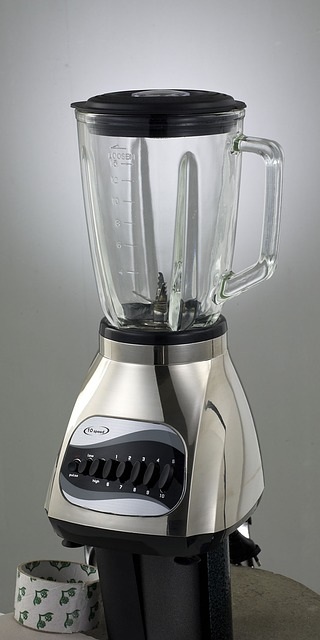
After you overlay images, you can choose several photo blend effects on the top, which are Add, Alpha, Chroma Key, Color Dodge, etc. Various well-designed photo blend effects.Or you can also crop blended images already in several photo cropping modes, including original, free, square, circle, portrait, and landscape. You can crop newly imported pictures to match the background image. Crop images whenever which status you are in.As a photo beautifier is just a funny thing to kill time and swiping can satisfy most people, by editing photo blends by your finger movement. You do not need to set accurate numbers to be too serious. Use swipe gestures to adjust image blend transparency.The more pictures you apply on the Photo Blender app, the more complicated and outstanding your blend images will be. There is no limitation of photo exposition. Once you have installed the Photo Blender app on your iPhone, you can enjoy more fun on image blending effects creating. Not too many icons and selection out of order, to make things being difficult to operate. The whole interface is simple and well designed. But it is well worth imho, and if you like the workflow, and the possibilities, there is a lot more you can do, it's just a sort of a "primer".Photo Blender is a lightning photo effect creator app, with which you can blend and easily convert images. To be honest, although it could be simpler than it looks, it will need a bit of practice with standard Blender basic commands like grab, zoom. I also suggest you to start with shorter frame range (eg enough for a 30 seconds video) to practice. in the future - allow you, apart this basic video editing usage, more possibilities that only a few expensive other programs can allow you). It will be slow, compared to similar specialized softwares, but it should work well (this slowness is a small price you have to pay but Blender can.You just need to tell Blender to "render the animation", that for you will mean "create the video". More or less it should be done: you will end with something like this ( I also show here how you can display the waveform - hint: you could also edit its levels.) To do this right select the whole little strip, and in the right-side edit strip change its end frame from what it is (eg: 26) to the same last frame of the animation (4446 in the example) You need to position the image strip so that's starting at 1 and then extend its end until it reaches last frame of the animation (4446 in the example above). This will result in a little strip (a few frames long, just enough to allow you to select it) Now add another strip, with the image you choose.This resizes "working area" from the default 250 frames to enough frames to contain all your sound file. set this value in as resolution > frame range > end frame (start frame should be 1 of course), but also in the bottom timeline.You need to tell Blender that your animation will be 4446 frames long Note its length (eg: 4446 frames) in the right-side edit strip that appears when you select the imported audio strip.switch to video layout and load the audio in a strip, position it so that it starts from frame 1.setup desired resolution, frame rate, output and encoding settings.You will need some practice with all this. you set the output folder, filename, container file, video and audio codec in render settings > "output" and "encoding".every frame size will be what you decide in render settings > "resolution".you set the frame rate in render settings > "frame rate".you set start and end frame in render setting > "frame range".avi, with many codec (as supported by th bundled FFmpeg libraries, so many formats available). The output format of an animation can be everything from an image sequence (1 every frame) to a video file container like an. You can show seconds instead of frames in the "timeline" changing this setting: You need to tell Blender how many frames your animation needs to be.

blender sequences are created as frames, not "seconds": the binding between frames and duration depends on the "animation" frame rate you decide, eg: setting it to 25 f/s would mean that you needĢ5 f/s * 60 s/minute * 3 minutes = 4500 frames of Blender animation to get a "video" 3 minutes long.then you have to "render" it, as an "animation" to a video+audio output format.



 0 kommentar(er)
0 kommentar(er)
